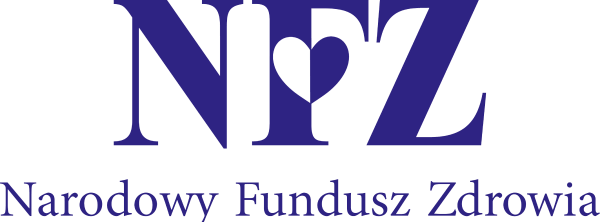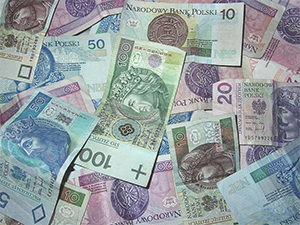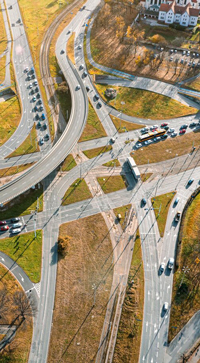Essential information about Poland you might find useful

Health insurance system in Poland is compulsory. You will be able to access primary and secondary public health services, provided that you register with the state health national insurance scheme, called the National Health Fund (NFZ) and pay your share of contributions to the Social Insurance Institution (ZUS).
As an employee, you will be automatically covered by retirement, disability, sickness, accident and health insurance under an employment contract. HR Departments usually take care of registering an employee with ZUS, which collects and accounts for the health insurance contribution and transfers it to the NFZ. In addition, you may also want to take out private insurance – there is always a chance of getting the specialist care quicker. There are many private health insurance providers in Poland.
Worthy a note – PESEL number
More information on health insurance and care: Euraxess Poland
 Polish currency is polish złoty (zł, PLN).
Polish currency is polish złoty (zł, PLN).
Banknotes’ denominations are: 10, 20, 50, 100, 200 and 500 zł
Coins denominations are: 1, 2, 5, 10, 20 and 50 gr and 1, 2, 5 zł (1 zł = 10 groszy/gr)
Banks are usually open Monday to Friday, some are open on Saturdays. They stay closed on Sundays and public holidays. It’s worth noting that some public holidays dates vary each year.
PRICE CHECKER: ceneo.pl
If you need cash, you can use an ATM (called “bankomat”) – large banks provide their own ATMs, but there are also independent ones (like Euronet).
However, you can pay by card (Visa, Maestro, MasterCard etc.) in most shops, restaurants, hair salons etc. or use online payment methods (for example BLIK or Przelewy24) even at stationary shops.
Worthy a note – when opening a bank account in Poland, it is better to check with a chosen bank about what documents might be required (individual banks may have different requirements regarding the documents to be submitted).
In most banks there is English speaking staff, the same applies to their call centres. Most banks also offer online banking.
If you want to rent a property, be aware that you usually cannot rent it for less than a year.
A typical deposit when renting a flat in Poland is equal to one month’s rent (sometimes two), and you will be required to pay this amount upfront. Make sure you sign a tenancy agreement/contract. Ideally, it should detail payment method, personal data (of both you and your landlord), the duration of the tenancy, whether utilities are included, and your notice period.
Depending on your tenancy agreement, either you or (more likely) your landlord will be responsible for any maintenance issues.
You can also choose to use a property agency. This is a more costly option, as you will have to pay them a commission fee. Agency fees vary, and it is always best to clarify which services are included and which are not, in order to avoid unexpected charges.
 Most important information about driving in Poland:
Most important information about driving in Poland:
-
Poland is a right-hand traffic country.
-
Before driving a car in Poland, you should check the rules which specify whether you can use your national driving license in Poland – more information here.
-
When driving a car or any other vehicle in Poland, you are required to carry a driving licence, a vehicle registration document, and a document confirming that you are covered by civil liability insurance (Green Card) – note that it only applies to you if you don’t hold a Polish driving license (otherwise, there is no requirement to have these document physically present when driving).
-
Your car needs to be equipped with a warning triangle, a fire extinguisher, a warning vest and not obligatory, but recommended, a first-aid kit.
-
Use of mobile phones while driving is not allowed, unless you have a headset or a hands-free set.
-
Dipped or daytime headlights need to be used also during the day, all year round.
-
All passengers (except visibly pregnant women, taxi drivers and persons holding a medical exemption certificate) are required to have their seat belts fastened, both in the front and back seats.
-
Children need to be secured in a car safety seat until they are 150 cm tall (in some cases the limit amounts to 135 cm).

If you are moving to Poland with your pet, you might want to check some information about the process to make sure you comply with the existing regulations:









